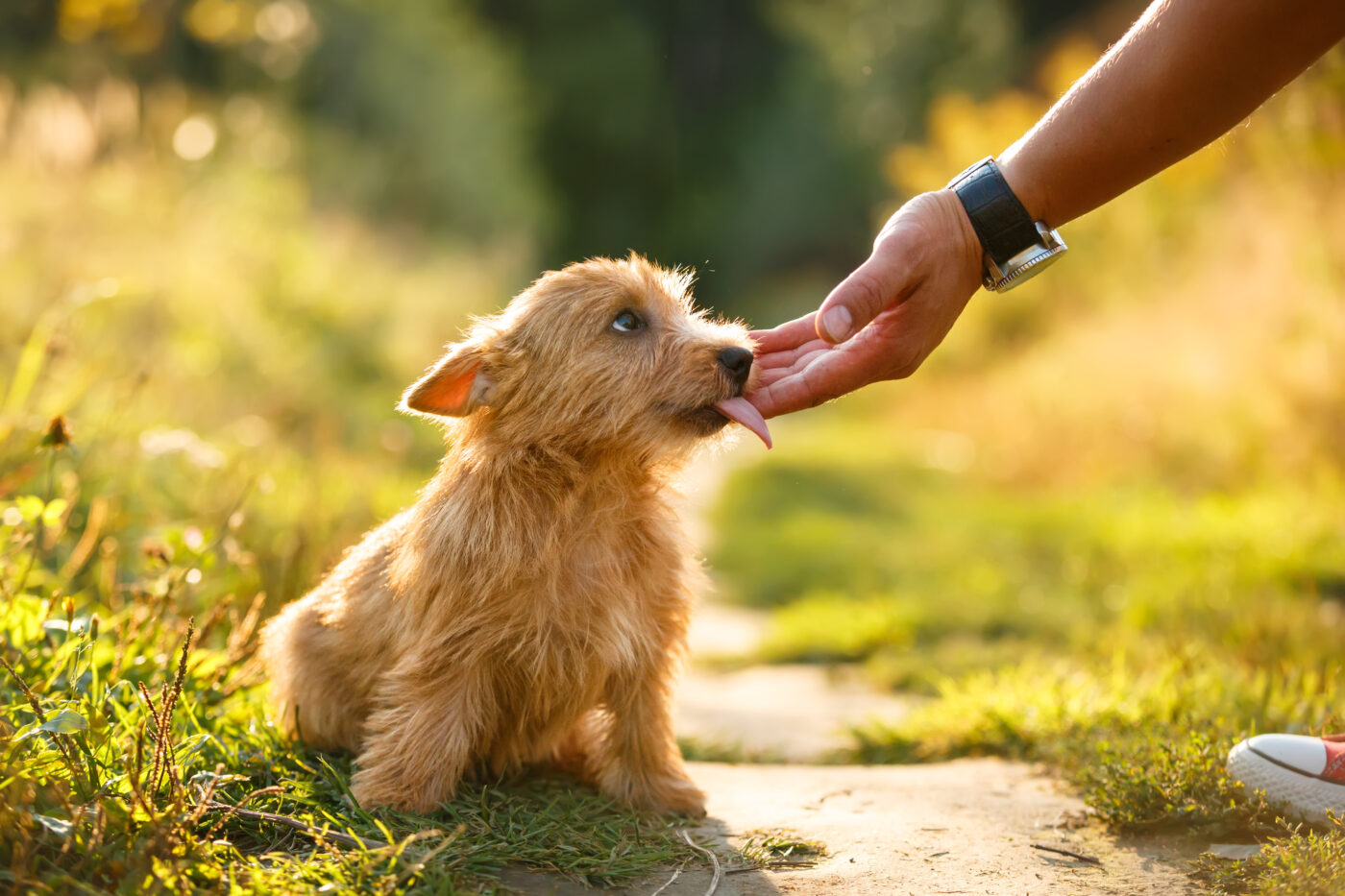 Shutterstock
Shutterstock
Dogs may be known for their barking, but that’s just one way they communicate with us and the world around them. In reality, dogs have a rich language of nonverbal cues, using their bodies, facial expressions, and even eye movements to convey a wide range of emotions and intentions. They’re constantly “talking,” often in ways that are subtle yet incredibly expressive. Understanding these silent signals can deepen the bond between you and your pup, helping you respond to their needs and emotions more effectively.
Tail Wagging and Position
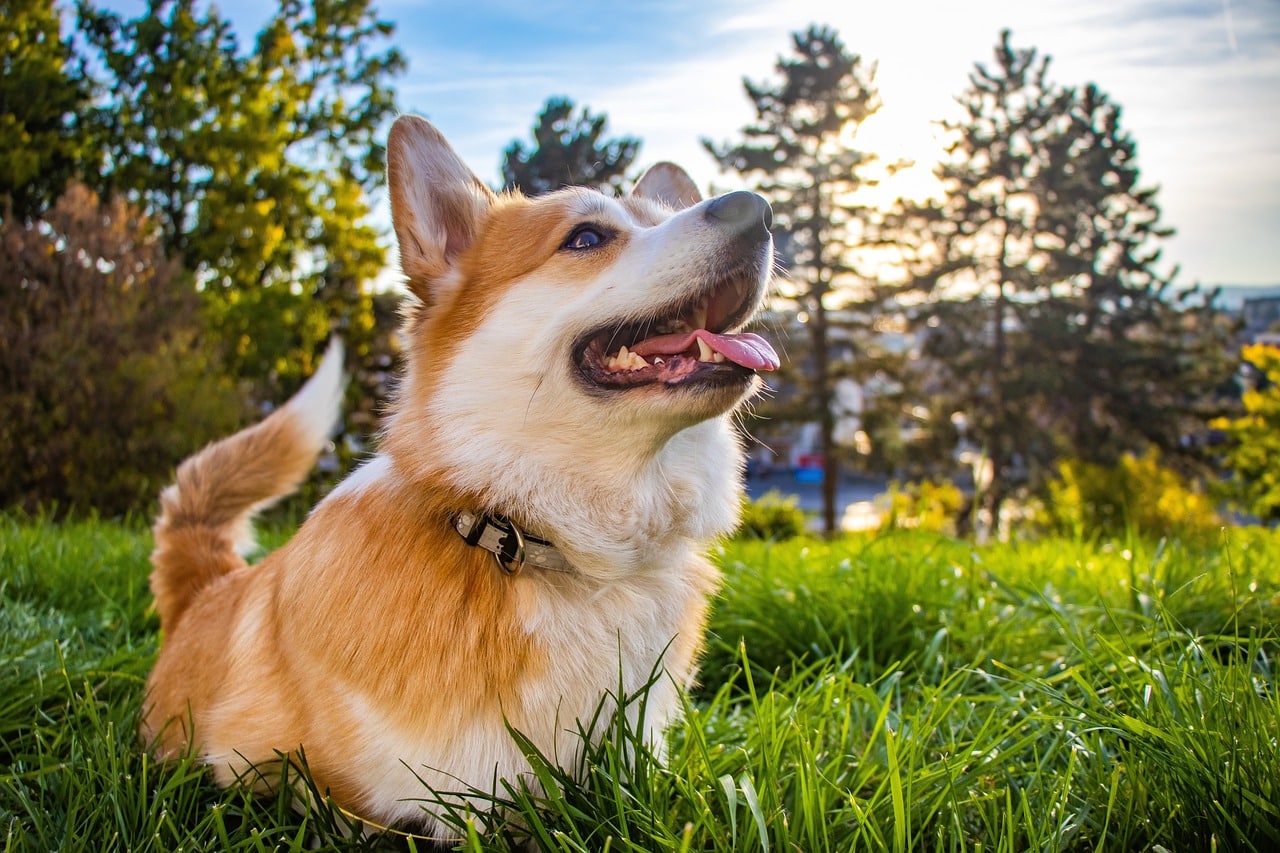 Shutterstock
Shutterstock
A dog’s tail is one of their most expressive tools for communication. While most people think a wagging tail always means happiness, that’s not entirely true. The position and speed of the wag can tell a lot about a dog’s mood. A high, fast wag usually indicates excitement, while a low, slow wag can signal apprehension. A stiff, upright tail might show alertness or even a slight warning. Understanding the nuances of tail wags allows us to see when a dog is feeling playful, cautious, or even stressed—all without a single bark.
Eye Contact and Blinking
 Shutterstock
Shutterstock
Dogs use eye contact to communicate trust and affection, and sometimes to establish dominance or show submission. Soft, gentle eye contact accompanied by slow blinking is a dog’s way of showing relaxation and affection. On the other hand, a hard, intense stare can signal discomfort, defensiveness, or an attempt to assert dominance. By observing a dog’s eyes, we can get clues about whether they’re feeling calm, alert, or on edge. The subtlety of eye contact makes it one of the most powerful silent signals in canine communication.
Ears Forward or Back
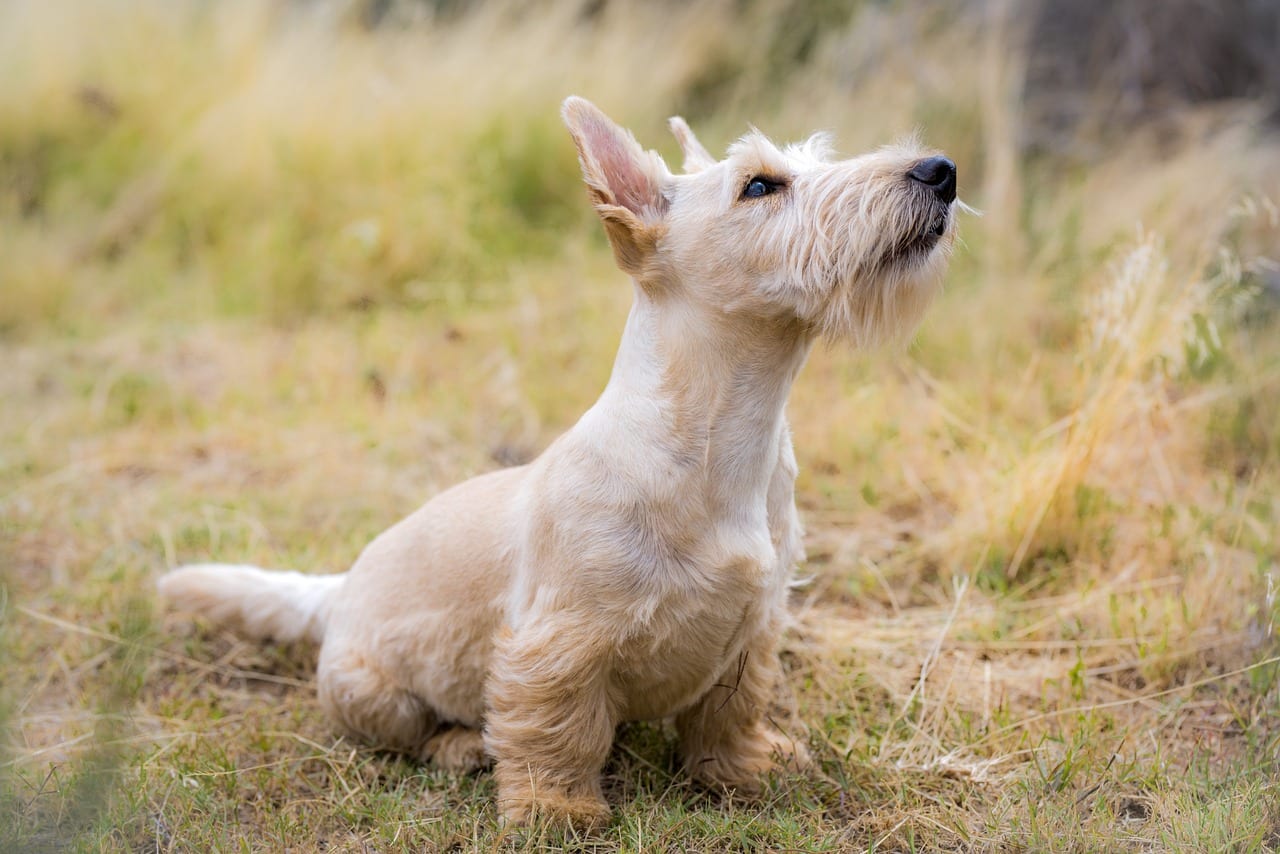 Shutterstock
Shutterstock
Dogs’ ears are remarkably expressive and can reveal a lot about how they’re feeling. When a dog’s ears are forward, they’re likely curious, alert, or interested in something. Ears that are flattened back may indicate fear, anxiety, or submission. Some breeds have floppy ears, making their ear signals more subtle, but even then, ear position changes in response to different stimuli. By paying attention to their ears, we can better understand whether a dog is feeling confident, scared, or simply paying close attention to something in their environment.
Body Posture
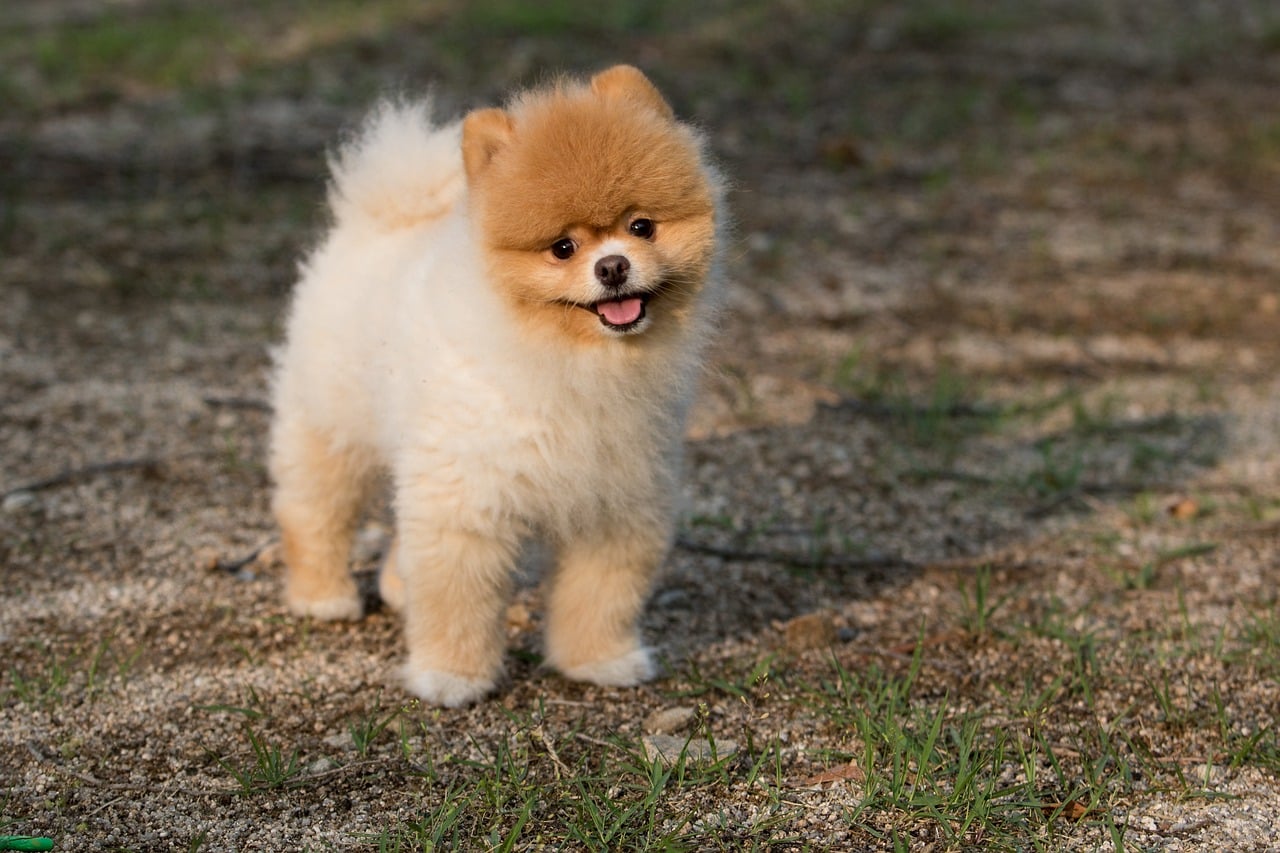 Shutterstock
Shutterstock
A dog’s body posture is a clear indicator of their mood and intentions. A relaxed dog will have a loose, comfortable stance, while a tense or rigid posture may suggest discomfort or stress. A “play bow,” where the front legs are extended, and the rear end is up, is an invitation to play. In contrast, a dog standing tall with a tense posture may be trying to assert themselves or feel threatened. Understanding these physical cues can help us gauge a dog’s emotional state and anticipate their behavior in a given situation.
Pawing or Nudging
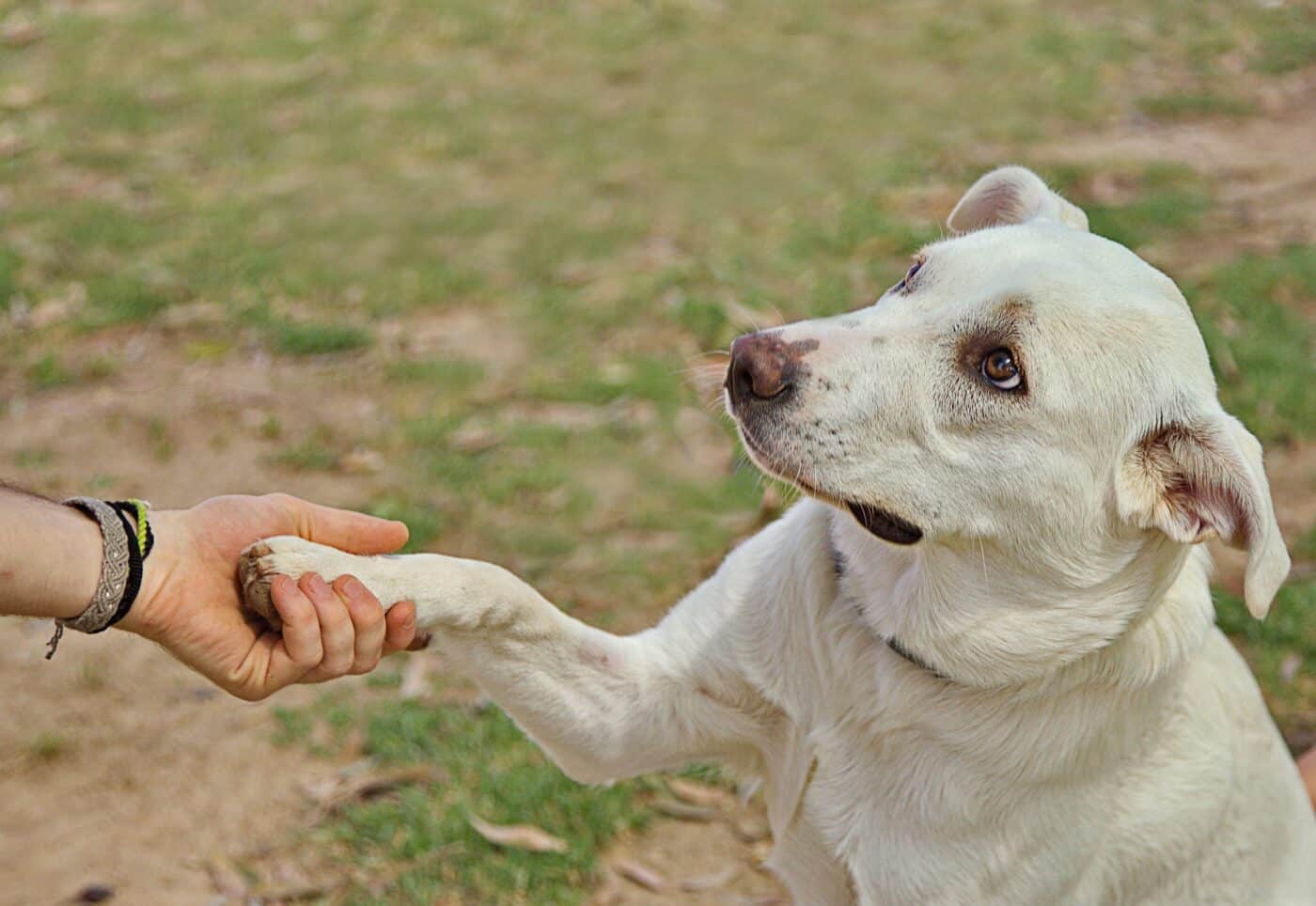 Shutterstock
Shutterstock
Dogs often use their paws to communicate with us directly. A gentle paw on your leg or a nudge can be a request for attention, affection, or even food. Pawing can also be a dog’s way of expressing affection or wanting to connect with you. If a dog nudges you persistently, they might be feeling anxious or seeking reassurance. Pawing and nudging are endearing and serve as a dog’s silent way of reminding you they’re there and possibly in need of something specific.
Rolling Over and Showing Their Belly
 Shutterstock
Shutterstock
When a dog rolls over and exposes their belly, they’re communicating vulnerability and trust. It’s a submissive gesture that shows they feel comfortable and safe in your presence. While some dogs might also do this as an invitation for belly rubs, others use it to signal submission, especially when interacting with other dogs. Belly exposure is a dog’s way of saying, “I trust you,” and acknowledging this can deepen the bond between you and your furry friend.
Lip Licking and Yawning
 Shutterstock
Shutterstock
Lip licking and yawning are often overlooked but are important signals in canine communication. Dogs may lick their lips or yawn when they’re feeling nervous or stressed, as these actions help them self-soothe. These behaviors can also be “calming signals” they use to pacify themselves or others in tense situations. If a dog is yawning a lot in a non-sleepy context or frequently licking their lips, they might be trying to manage stress or communicate unease. These small, quiet gestures provide subtle insight into their comfort levels.
Leaning Against You
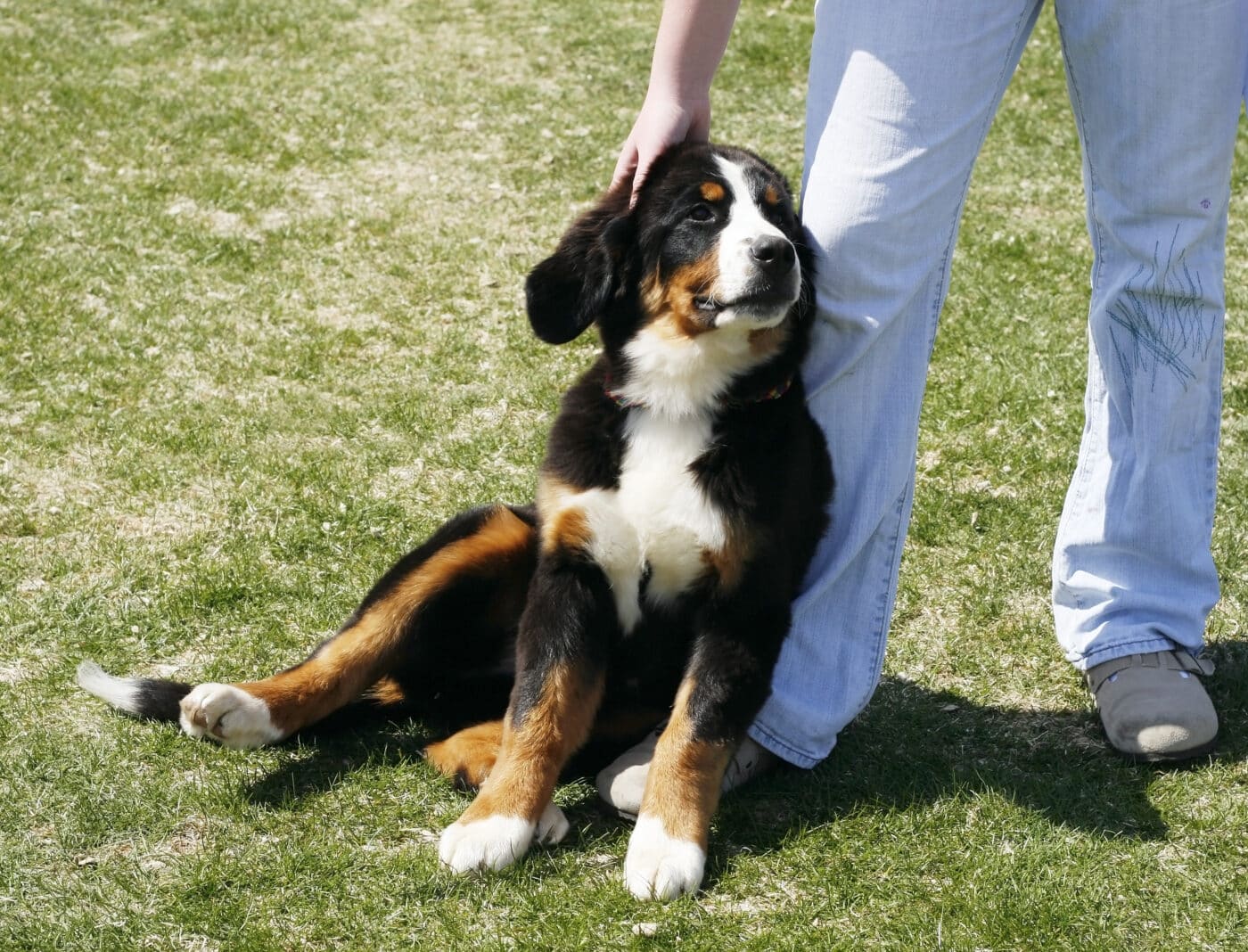 Shutterstock
Shutterstock
When a dog leans against you, it’s more than just seeking physical contact—it’s a form of silent communication. Leaning is a dog’s way of showing affection and trust, signaling that they feel secure with you. Some dogs may also lean when they’re seeking reassurance or comfort, especially in stressful situations. This behavior can also reflect loyalty, as leaning close to you demonstrates they see you as a safe and comforting presence. A lean may seem small, but it’s a gesture that speaks volumes about a dog’s bond with their person.
Tail Tucking
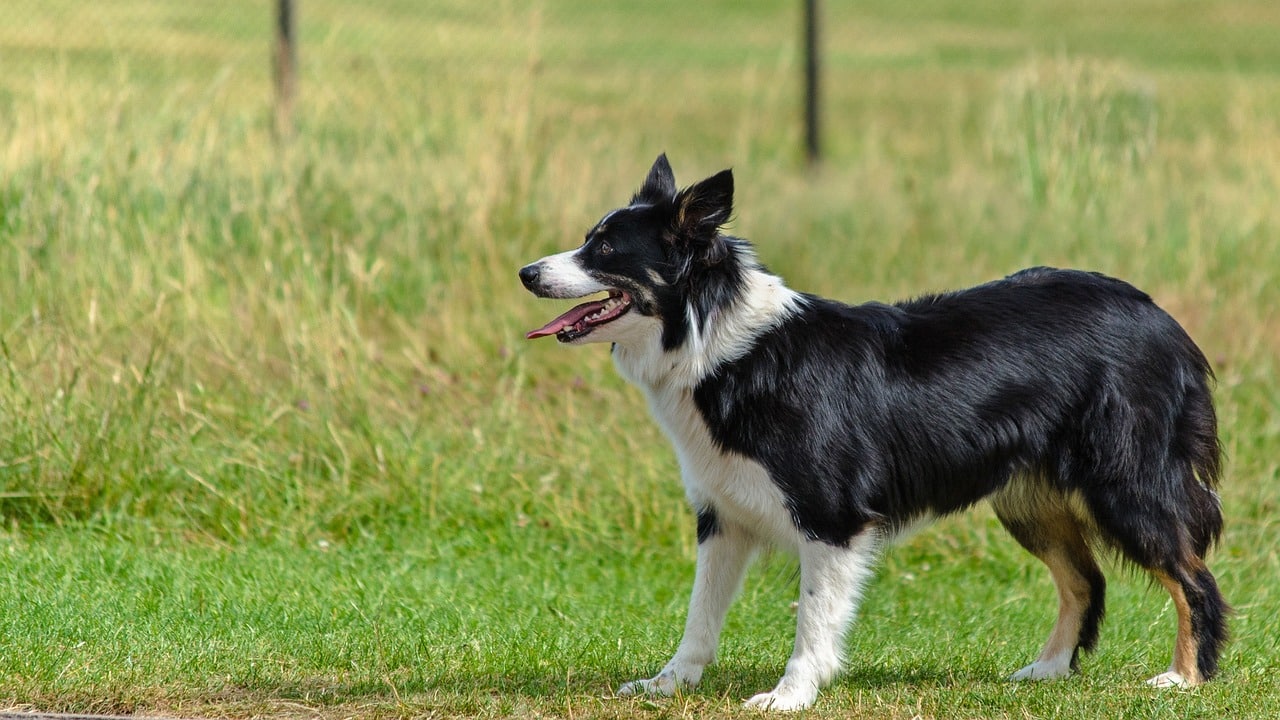 Shutterstock
Shutterstock
A tucked tail is a classic sign of fear or submission. When a dog tucks their tail between their legs, they’re trying to make themselves appear smaller, signaling that they feel intimidated or nervous. This gesture is often accompanied by other submissive body language, like lowered ears or avoiding eye contact. By observing a tucked tail, we can tell when a dog feels insecure or anxious, allowing us to respond with comfort and support. Tail tucking is a silent cry for help, revealing when a dog might be feeling vulnerable or scared.
Nose Bumping
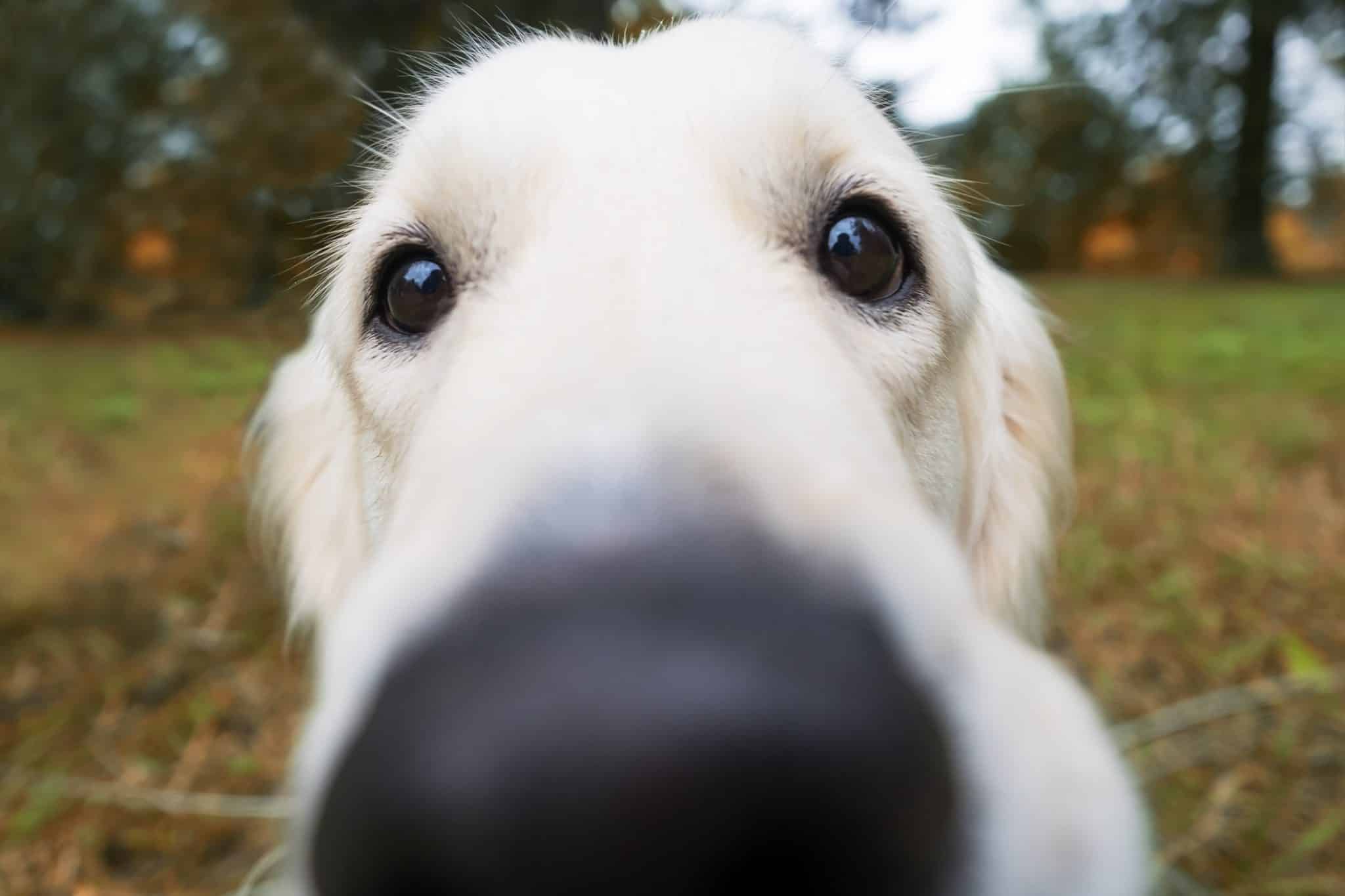 Shutterstock
Shutterstock
Dogs often give a gentle nudge or “nose bump” to get our attention. This behavior can mean many things, from a friendly greeting to a way of saying, “I’m here, notice me!” Nose bumping is particularly common among affectionate dogs, who use it as a polite request for attention or petting. Some dogs may even bump their noses against toys or other objects to express curiosity or playfulness. It’s an adorable, silent way dogs remind us of their presence, nudging us to engage or connect with them.
The Paw-sitive Power Of Silent Communication
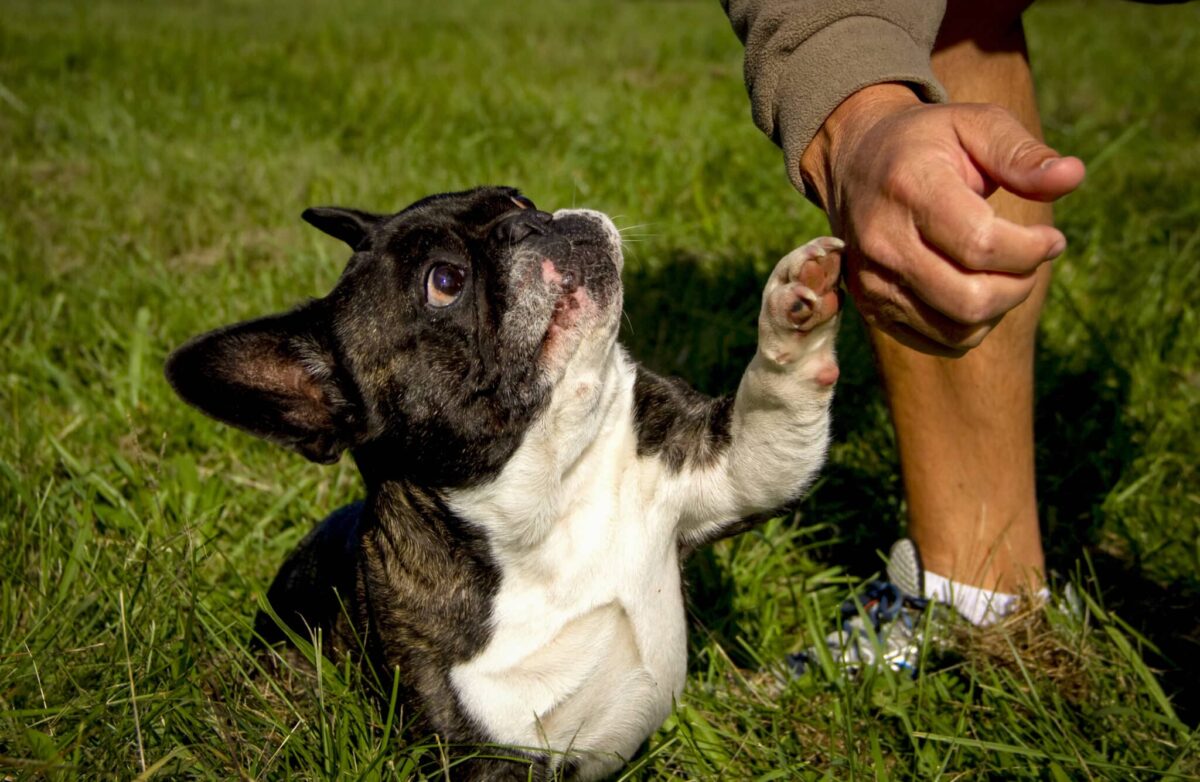 Shutterstock
Shutterstock
Dogs are masters of silent communication, using subtle cues to reveal their emotions, needs, and intentions. Each gesture tells a story that goes beyond barking. By paying close attention, we gain a deeper understanding of what they’re conveying, even without a single sound. So, the next time your dog nudges you or curls up by your side, embrace the quiet connection. These “paws-itively” charming signals create a unique language of love, strengthening the bond between you and your loyal friend.
 Toledo, United States.
Toledo, United States.